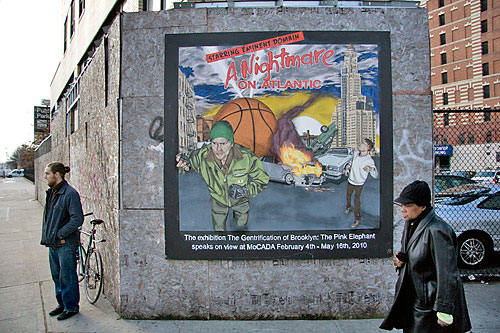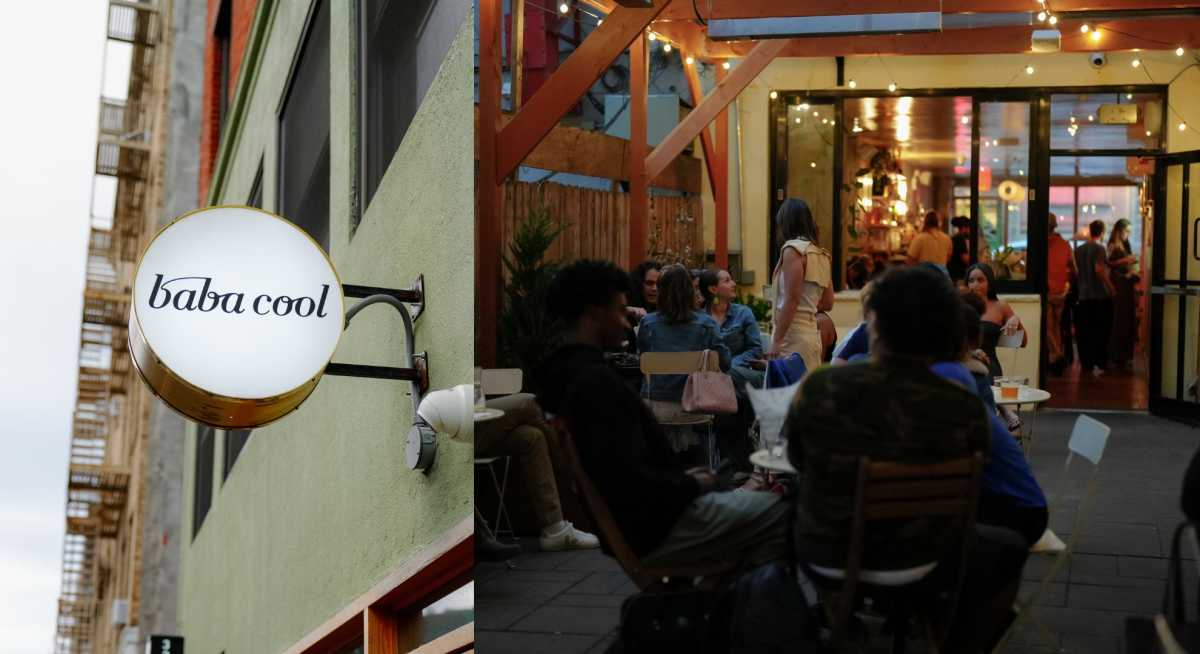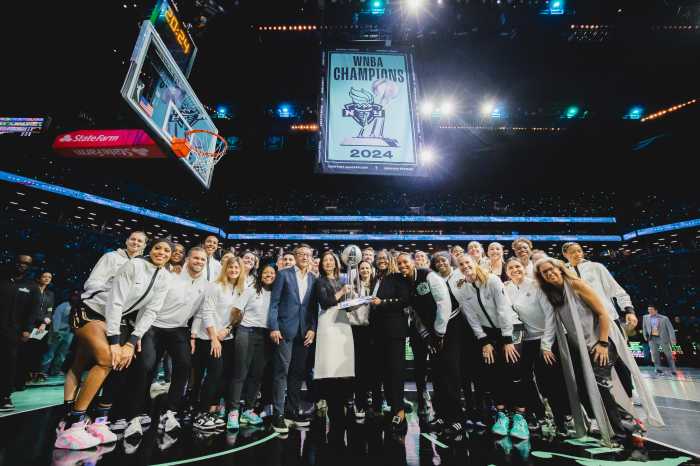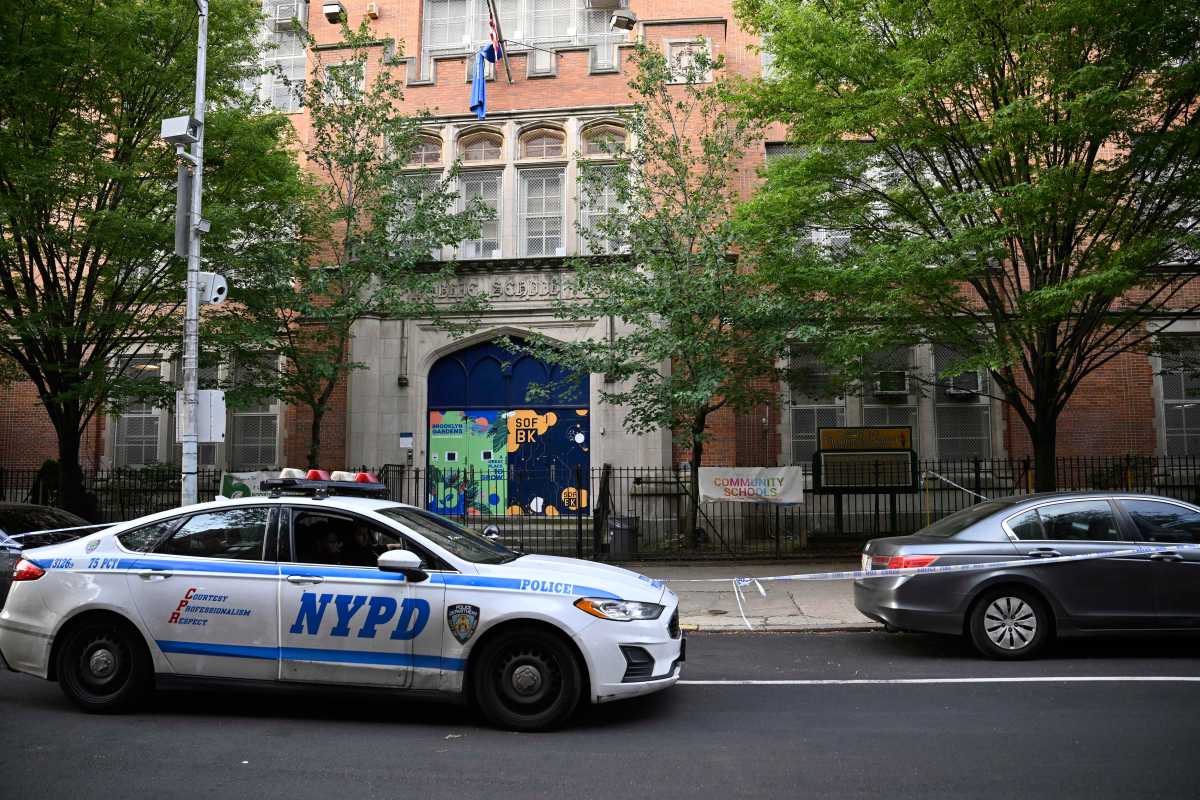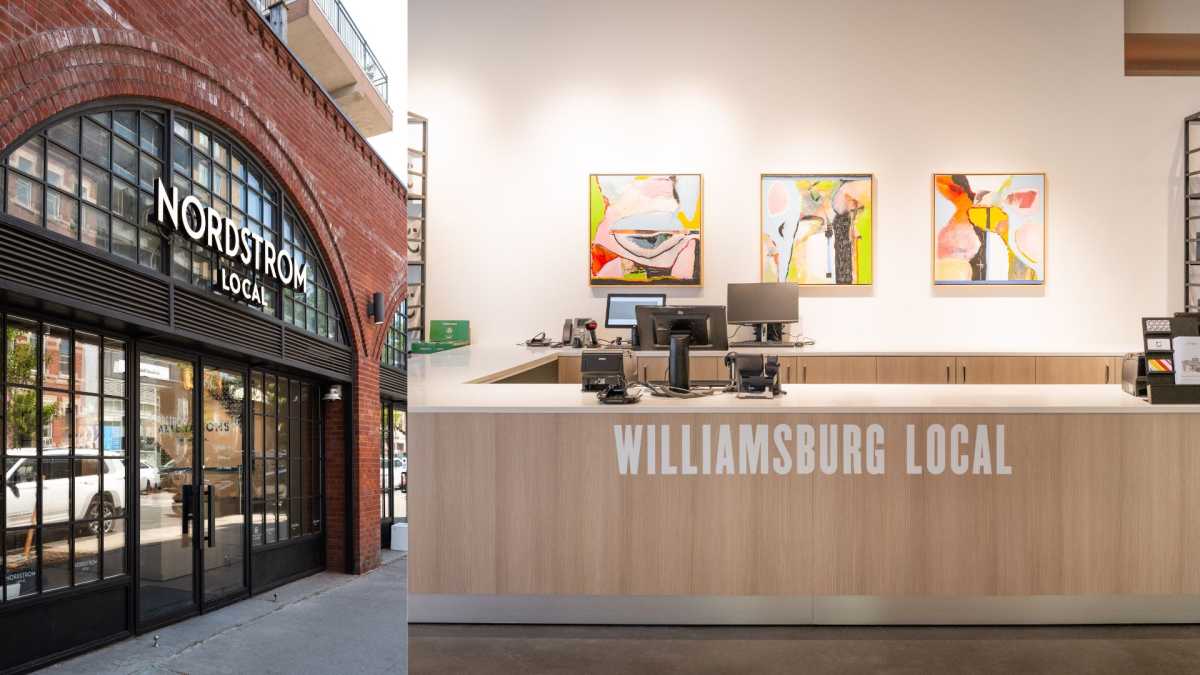Brooklyn has been gentrified. Now it’s time for the art show.
Starting next week, the Museum of Contemporary African Diasporan Arts will confront the issue with “The Gentrification of Brooklyn: The Pink Elephant Speaks,” a collection of the works of more than 20 artists.
“Now is a good time for this show,” says curator Dexter Wimberly, who lives in Fort Greene. “Brooklyn is becoming so homogenized.”
That said, not everyone sees the issue through the same lens. For some, gentification is simply about real estate. For others — specifically, the displaced — it’s about a fundamental human right.
For artists, it is about exploring the truth about our own neighborhoods. That’s why Wimberly didn’t limit his stable to just one message or media.
“As a curator, it was important to me to make sure this exhibition was not just an African-American perspective, or a white perspective or an Asian perspective or a Latino perspective,” he said. “It was important to try to involve artists that were representative of all these ethnicities.”
And while most of the artists live in Brooklyn, some of them have been forced out of their neighborhoods due to the exact issues the exhibition explores.
Alexandria Smith said she moved out of Bedford-Stuyvesant last summer because of skyrocketing rents. That situation informs her painting, “Good Neighbors,” which shows a young woman building (or perhaps dissembling — it’s purposefully unclear) a fence. The meaning of the painting stems from a line in a Robert Frost poem, “Mending Wall,” which discusses how people use boundaries or walls to avoid the outside world and its problems.
“As I created this painting, I thought about its relevance to Brooklyn and the rise of expensive condos and co-ops springing up in areas that have long been neglected or ignored by the city,” said Smith. “People have difficulty relating to one another because of differing beliefs which in turn leads to people closing themselves off to one another. In actuality, we are a community and should operate as such.”
The best pieces in the show aren’t even on the walls of MoCADA. Gabriel Reese, who does outdoor work in his neighborhood of Crown Heights, created hand-painted billboards that address a different impact of gentrification, from housing to food to demographics, to be placed in different areas of Brooklyn.
“I use humor, subversion and references to popular culture to illustrate the issues,” says Reese, one of whose billboards features, in a fake advertisement, two white women, one wearing a gold “Brooklyn” chain, above the words “Ghetto Fabulous Condos.”
“Some of the billboards are downright offensive,” Reese said, “but I would rather offend someone and have them notice these works than be politically correct and no one see them.”
Regardless of which side of the fence who stand on, Wimberly hopes the exhibition sparks a conversation about these timely issues.
“It’s about taking what has been historically an uneasy topic, and making people more comfortable with the idea of talking about it,” he said.
Reese, in his way, would agree: “My only goal is to get people to discuss the topic of gentrification. If they go home after seeing one of my pieces and rant about it, I would be very pleased.”

“The Gentrification of Brooklyn: The Pink Elephant Speaks,” opens Feb. 4 at MoCADA [80 Hanson Pl. at S. Portland Avenue in Fort Greene, (718) 230-0492] and runs through May 16.


